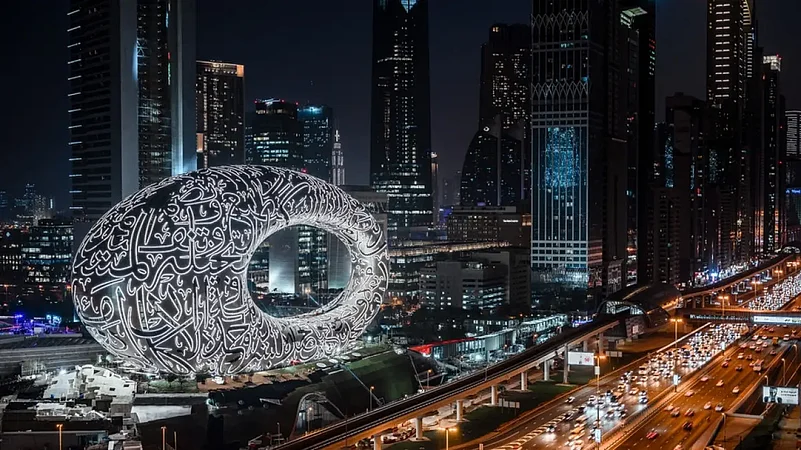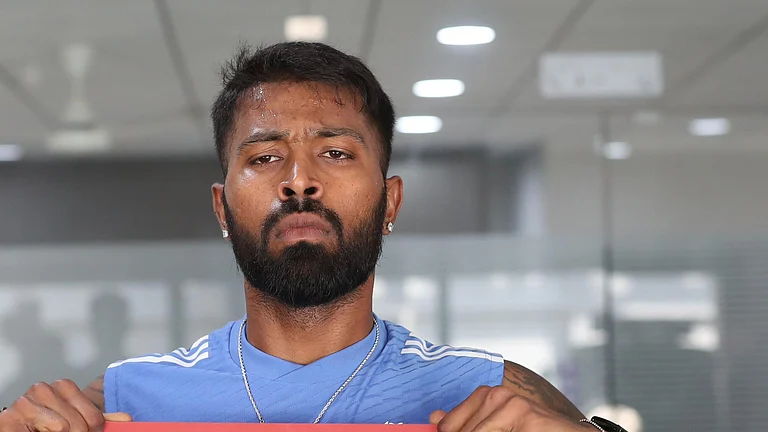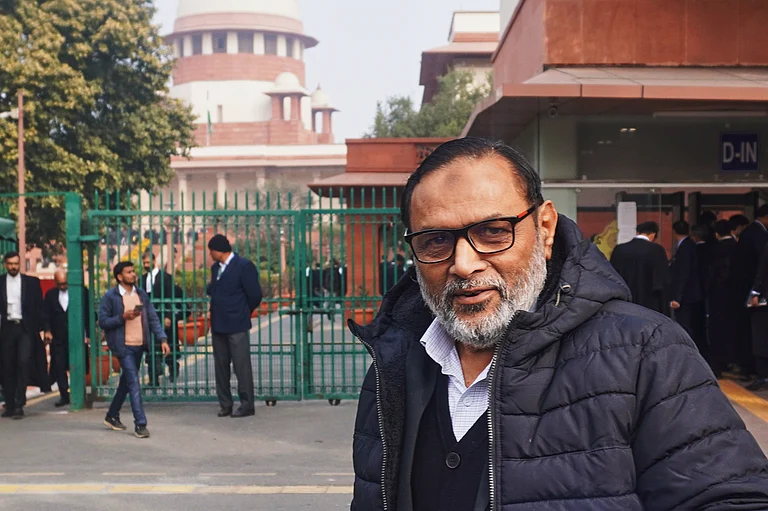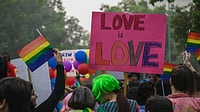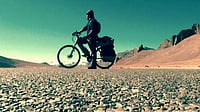The ‘Museum of the Future’, located in Dubai, is a stunning architectural marvel that is touted as the world's most beautiful building. Situated on the main highway in the city, the circular structure, something out of a movie, represents humanity and our hope for the future.
Designed by architect Shaun Killa of Killa Design, this futuristic escapade incorporates elements of traditional exhibitions, immersive theatre and themed attractions. We spoke to Shaun Killa, the brains behind this endeavour on what it took to make this trip to the future:

The structure in itself is an architectural marvel. Did you face any challenges while designing it?
The Museum of the Future has been one of the most stimulating projects I’ve designed as it is a building that’s rich in culture, unique in its form and technically complex in its execution. Shaped like a human eye, the structure represents future vision and knowledge while the void represents the unknown that we seek to discover.
The primary inspiration of the Museum of the Future was to create a form that represents the UAE Prime Minister’s vision of the future where the physical building embodies floors with exhibitions that explore the possibilities of tomorrow’s world.
Some major challenges in the design of the Museum of the Future include the incorporation of the calligraphy into the parametrically optimised form and as for execution, it was all about the coordination of more than 1,000 unique structural nodes and their base connections, clash avoidance with secondary support steal work, fit out and MEP.
The museum has engravings in ancient Arabic calligraphy on the building. How and why did you choose to incorporate those?
From the first sketch of the Museum of the Future, I had embedded the calligraphy on the façade of the museum to create the structure’s windows and to contextualise the building in this region by using the ancient art of Calligraphy but further contextualising the building in Dubai by using the quotes of His Highness Sheikh Mohammed.
The Arabic calligraphy on the building consists of three quotes: “We may not live for hundreds of years, but the products of our creativity can leave a legacy long after we are gone.” “The future belongs to those who can imagine it, design it, and execute it.” And “The future does not wait. The future can be designed and built today.”

You have kept sustainability at the centre of your architectural endeavours. Tell us more about that
Sustainability for Killa Design is a holistic approach that includes a focus on embodied carbon, renewable energy, water management, waste recycling and green transportation. For the Museum of the Future, sustainability has been the main driver since its first sketch. The aspiration was to make the design, the fabrication, and its operational resources as sustainable as possible using the highest global innovative technologies.
As part of this strategy, the project achieved LEED Platinum certification by using passive solar architecture, low-energy and low-water engineering solutions, recovery strategies for both energy and water, and building integrated renewables from an offsite solar farm located on the rooftops of surrounding buildings. As a protection from solar radiation, more than two thirds of this building is situated under the green plateau; one of the key design decisions that helped the museum gain its sustainability rating is because of the reducing heat island effect.

Did you have any preferences when you chose the location for the museum?
We cited the museum on an existing surface parking, due to its central position to connect Dubai Metro and Emirates Towers retail, commercial, and hotel through the museum's podium structure; this created the vital pedestrian connection that was necessary to link the city to the site.
This site also becomes pivotal visually to the heartbeat of central Dubai’s residences and visitors. The podium structure raises the museum above the metro line and at the same time replaces the previously mature trees that surrounded the car park in a green hill structure. This hill is scalable, connecting the museum and restaurants at different levels. Its cultural aspect is created by shedding light on the ancient art form of Arabic calligraphy.
The pandemic altered the way we travel, and even museums suffered the brunt of it. Do you believe the Museum of the Future can draw visitors back to physical spaces?
Since its opening on the unique date that is 22.02.22, the museum has been fully booked as curious visitors make their reservations. As the world is easing out of the pandemic, people are even more eager to explore different experiences, including museums and other cultural experiences.






